Arthrosis is a degenerative disease -dystrophic joint, characterized by slow and progressive intraarticular cartilage destruction. Arthrosis includes a group of articular diseases of harmful properties, with different causes and similar development mechanisms.
Arthrosis is one of the most common diseases in the world that occupies the leading position among women and men over the age of 30, and with the risk of developing the disease only increases.
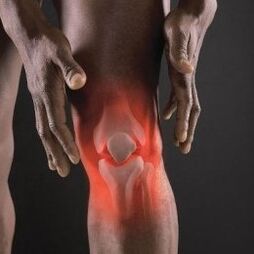
The cause of the pathology
Arthrosis develops as a result of infringement of the metabolic process in the joints, against the intraarticular cartilage background begins to lose water and become elastic. Predisition factors change in cartilage can be an internal and external cause:
- hormone changes;
- Characteristics related to age;
- genetic tendency;
- rheumatoid arthritis;
- Excessive joint load;
- injury and damage - dislocation, bone fractures, severe bruises, ligaments rupture;
- changes in metabolism in the joints associated with obesity, diabetes mellitus;
- hypothermia;
- lower nutrition and unbalanced, as a result of the body not receiving calcium, omega-3 and 6, fat and protein;
- the process of inflammation in the joints;
- infringement of blood supply to the femoral head - pertes disease;
- problems with blood clots, hereditary diseases;
- Autoimmune disease - red lupus, rheumatoid arthritis.
Special illnesses that have nothing to do with the joints, namely: namely:
- syphilis;
- Hyperthyroidism;
- Thyroiditis.
Risk is the person involved in heavy physical labor, has to always be hypothermia and experience increased burden on the musculoskeletal system, blacksmiths, athletes, movers, and pregnant women.
Symptoms of arthrosis
The first symptom of arthrosis is pain at a slight load on the joints, which quickly passes as soon as the joints are left alone. Arthrosis is characterized by 4 basic clinical signs:
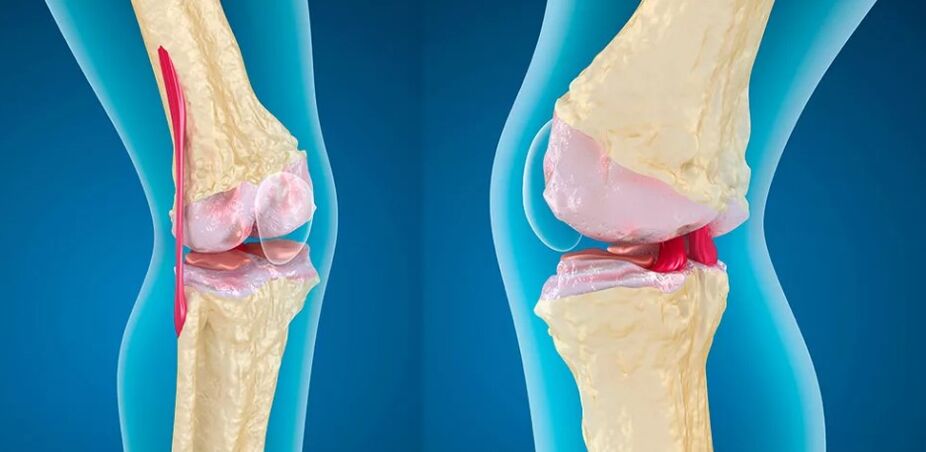
- Pain - pain in arthrosis has several features, different from pain in the event of random bruises of the joint process or inflammation in it. First of all, you should pay attention to the occurrence of discomfort and pain with any movement and load on the affected joints. It is worth a person to stop moving and to carry the burden, as the pain goes away immediately, which does not occur when injured or inflammation of the joints. At night, the joints collapsing practically does not cause discomfort to the patient, painful sensations are only possible when the body position changes, but they quickly pass. With the development of destructive processes in the joints, sharp pain can occur at night, which eventually becomes stronger and makes their adaptation to the lifestyle. Acute pain occurs with any changes in the weather, the phase change of the moon, a small load.
- Cryst - This sound appears as a result of a decrease in the softness of the bone around the joints, leading to bone friction against each other and is accompanied by a characteristic crisis. When the degenerative process of progress in the joints, the crisis becomes more prominent and is accompanied by pain.
- Limiting joint mobility - in the early stages of development of clear mobility restrictions, but as joint destruction develops, it is increasingly difficult for patients to take simple action. Finally, the affected joints become completely unobtrusive.
- Joint deformation - osteophytes begin to grow actively on the surface of the bone and the synovial fluid accumulates. Joint deformation is observed in advanced pathological processes.
The degenerative process in the joints does not develop rapidly, the disease is characterized by severity and forgiveness, from which the patient does not rush to seek medical help, thus contributing to the development of destructive processes in the joints.
Phase
The developmental stage of the pathological process in the joints is determined using the X -ray exam. Only 4 stages of the disease are distinguished:
- First - characterized by slight narrowing of the joint gap, while there is no pathological growth in the bone;
- The second - there is a slight narrowing of the joint gap, osteophytes are formed on the surface of the bone;
- Third - narrow joint gaps, on the surface of various osteophytes, joints are observed;
- The fourth - there is no articular gap, there is a lot of osteophytes, clear joint deformation.
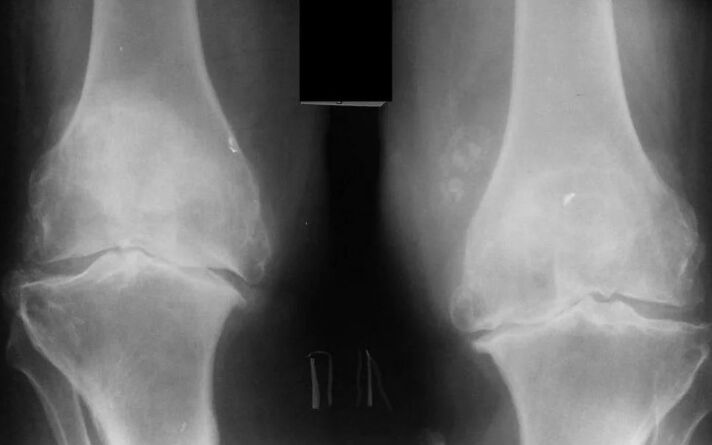
Degree
Arthrosis is expressed in the form of degenerative processes in the joints, as a result of the cartilage affected, changes in the capsules and synovial joints are developing, as well as in the surrounding ligaments and bone structure. Depending on the severity and severity of this destruction, it is common to distinguish 3 degrees of arthrosis.
First degree
There is no deformation or change in the joints, but the composition of the synovial fluid is interrupted - this leads to the preparation of inadequate articular tissue with nutrients, water and micro, resulting in cartilage quickly being elastic and not adjusting to the load. Over time, this causes the inflammation process and is accompanied by pain during movement and burden on the joints.
In the first stage of arthrosis, none of their patients seek medical help, associating discomfort and pain to uncomfortable pose during sleep, fatigue, and improper lifestyle. Sometimes patients can see the characteristic crisis in the affected joint area, but this is not accompanied by severe pain, but only with discomfort, which no one has given significant attention.
If arthrosis is accidentally diagnosed in the first stage, then the disease is easily treated.
Second
At this stage, the disease is accompanied by the process of damaging the cartilage tissue in the joints. Osteophytes grow intensively on the surface of the bone, and more intensively loaded in the damage zone, the more destruction will develop.
At the same time, patients complain of persistent pain in their true nature, which periodically passes on their own and cannot make themselves feel for a long time. Then the disease lasts again. Against the background of such pathological processes, the muscles surrounding the joints gradually losing their function, from which the patient quickly becomes tired and unable to withstand physical activity, which is easy to bear earlier. In the second stage of arthrosis, the patient gradually develops cartilage and joint deformation.
Third degree
It's the hardest. Intra -articular cartilage affected joints are thinner and intensively destroyed, leading to clear deformation and affected functional functions. The ligaments and muscles located next to the joints are a lack of nutrients and oxygen and gradually atrophy, which is accompanied by a clear loss of mobility. At the same time, patients are tortured by acute pain at all times, enhanced by any attempt to change body position, with changes in weather conditions and moon phase and gradually lead to loss of legal ability.
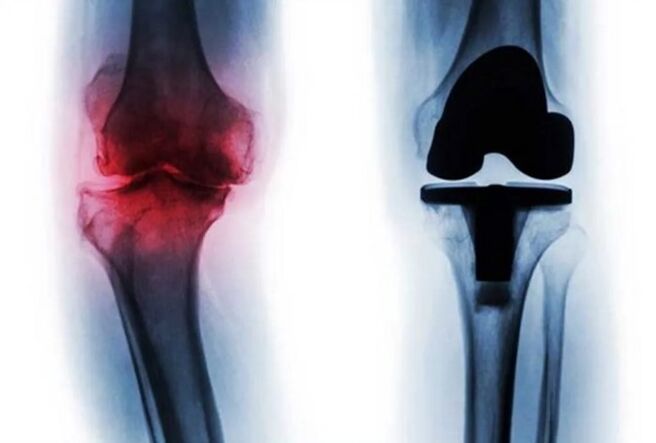
Type of arthrosis
Depending on the cause of the pathological process, the main, secondary and idiopathic arthrosis are distinguished in the joints.
The main develops as a free, secondary, injury or infection, and the cause of idiopathic forms is unknown. In addition to the classification of the disease, depending on the cause of the pathological process, arthrosis is distinguished in the localization of damaging changes:
- Gonarthrosis is the most common type of pathology, characterized by damage to the knee joint. Often, gonarthrosis is detected in people with overweight, with chronic metabolic disease in the body, poor immunity. Knee arthrosis lasts a long time and gradually leads to full loss of motor function.
- Ankle arthrosis - the main cause of the development of degenerative processes in the ankle joint injury, dislocation, stretching, fracture. In some cases, the development of pathological processes can trigger autoimmune disease - rheumatoid arthritis. Arthrosis of the ankle is exposed to dancers, women wearing high heels, athletes.
- Shoulder joint arthrosis is the main cause of the degenerative process in this area is congenital abnormalities of shoulder joint development or excessive load in this zone, for example, when wearing weight on the shoulder.
- Coksartrosis or hip joint arthrosis - the main cause of the incident is age -related changes in joint tissue. Risk, people over 45 years old.
- Cervical area arthrosis - the cause of neck injury, progressive osteochondrosis, obesity, inactive lifestyle. Risk, people working on a computer are in the office. In addition to severe pain in the neck, the patient has stated dizziness, inhibition of consciousness, memory deterioration and fatigue. These symptoms are caused by compression of the vertebral artery where nutrients and oxygen enter the brain.
- Spondylarthrosis - damaging destruction is subject to spinal column tissue, the lumbar department. At the risk group of a woman during menopause, since spondylarthrosis lasted against the background of female sex hormone deficiency.
- Fingering osteoarthrosis - develops for the same reason as spondylarthrosis.
- Polyarthrosis - characterized by damage to various joints with progressive degenerative processes in it, while ligaments, muscles and surrounding tissue joints are involved in the pathological process.
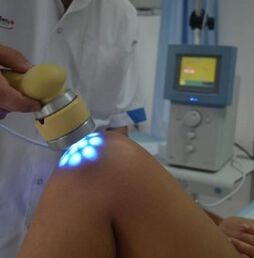
Arthrosis treatment
Arthrosis treatment is best done in the early stages, so the disease is better resembling a conservative therapy method. It is very important to create the cause of progressive damage in the joints and stop these factors in time.
Arthrosis treatment is performed comprehensively and consists of eliminating the inflammation process, stopping the pain syndrome, stopping the development of the pathological process and, if possible, restores the missing joint function. Conservative therapy includes the selection of drugs and physiotherapy treatment methods.
Drug
The treatment of arthrosis is different from the localization of the pathological process:
- Fingering arthrosis -Jurisprudence and hands -prescribing anti -anti -Medicine -Ssteroids in the form of cream ointment, gel. To prevent the development of pathological processes, chondroprotectors techniques are shown. After stopping the acute inflammation process, therapy massage and physiotherapy methods are prescribed.
- With shoulder joint arthrosis -in the joints, the patient is injected with painkillers and anti -anti -anti -anti -anti -anti -medication. Oborily can prescribe a medication that will relieve muscle and slightly reduce the intensity of pain. After relieving inflammation and acute pain, physiotherapy and massage are shown.
- Knee joint arthrosis -prescribes anti -anti -anticipated medications locally in the form of compression, ointment, gel. The affected joint area shows the method of physiotherapy therapy.
- Hip joint arthrosis - compressed with ointment or gel from NSAID groups is used for lesions, and painkillers injected into the joints.
- Knee joint arthrosis - ointment and gel with analgesic effects are used in the damage zone, and after relieving pain and acute inflammation, physiotherapeutic treatment methods are indicated.
- Book arthrosis - Patients are recommended by tight bed rest with maximum residue of the affected joints. When the acute inflammation process decreases, physiotherapeutic procedures, baths, massages are prescribed.

Physiotherapy treatment
Effective physiotherapy methods, often used in various degrees of gravity arthrosis, include:
- Treatment of shock waves-Effective eliminating patients from the growth of osteophytes, thus eliminating pain and joint mobility restrictions;
- Muscle stimulation around the joints affected by electrical-electricity This procedure is very effective for patients with significant limited mobility and allows you to improve blood circulation in the joints, accelerate regenerative processes, improve muscle tone;
- Ozonotherapy - a gas mixture is introduced into the affected joint cavity, where the patient decreases, the joint mobility is normalized, and the signs of inflammation disappear. For maximum effect, ozone therapy is performed in the course;
- Phonophoresis - the effect on the area of damage by ultrasound waves using the drug. The method of using this drug is much more effective, as the ultrasonic wave delivers the drug directly to the wound.
In addition, physi-therapy treatment includes exercise therapy, massage, manual therapy, mechanotherapy.
Nutrition
Diet with arthrosis should be the most balanced and rich in unsaturated fatty acids, proteins, trace elements. It is recommended to include fresh fish, vegetable oil, cottage cheese, dairy products, meat, fresh vegetables and fruits in the diet.
"Fast" flour and carbohydrate products, chocolate, coffee, alcohol, pork, fatty and sharp dishes should be excluded from the diet.



















